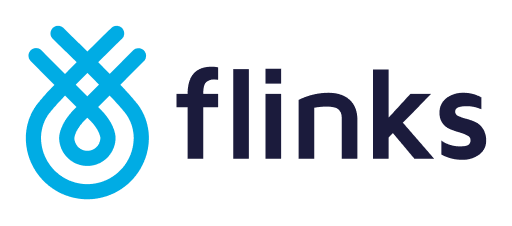On April 16th 2024, the federal government of Canada formalized the implementation of Open Banking in Canada as part of Budget 2024. Phase one of the implementation will begin this spring, when the government rolls out legislation that will establish the foundational components of Canada's Consumer-Driven Banking Framework. This will cover governance structures, the extent of the framework, and the criteria and procedures for setting technical standards. The remaining parts of the Framework are slated for legislative introduction in Fall 2024.
All of this means that Open Banking is finally here, and financial institutions and banks need to be ready for this new framework. Preparedness is key.
Let’s take a deeper look at what was said, and what this means for you and your business.
What Budget 2024 Says About Consumer-Driven Banking
The 2023 Fall Economic Statement announced plans for legislation to establish Canada's Consumer-Driven Banking Framework, which will be overseen by the Financial Consumer Agency of Canada (FCAC). Budget 2024 includes funding for the FCAC and the Department of Finance to support the establishment and maintenance of this framework, including consumer awareness and a national security regime.
The framework will facilitate credit building for those without established credit histories, such as young people and new Canadians, through alternative data like rental payments. Additionally, it will introduce tools to help Canadians manage their subscriptions by tracking and monitoring recurring payments, aiding in financial management and well-being.
The six main components of the framework include:
- Governance: Oversight and management of the framework;
- Scope: The types of data and functionalities the system will provide, the participants, and the pace at which the system should expand;
- Accreditation: The requirements and process for participating in consumer-driven banking;
- Common Rules: To protect consumers and govern the areas of privacy, liability, and security;
- National Security: Safeguards to protect the integrity and security of the consumer-driven banking framework and financial system; and,
- Technical Standards: Establishment, maintenance, and oversight of a technical standard (also referred to as pipes) flow of data between Canadians and the financial tools of their choice.
Further details on the legislative package can be found in Canada's Consumer-Driven Banking Framework document.
What Does This Mean for Financial Institutions and Businesses?
The implementation of consumer-driven banking in Canada represents a significant shift in the financial services landscape with implications for financial institutions and businesses including:
- Regulatory Compliance: Financial institutions will have to navigate and comply with the new Consumer-Driven Banking Framework, which will likely involve adapting to new standards, processes, and oversight by the FCAC.
- Technological Upgrades: Banks and credit unions may need to upgrade their technology systems to facilitate secure data sharing and to share data safely with third-party service providers.
- Operational Costs: Without help, the transition to a consumer-driven banking model may initially increase operational costs for financial institutions due to the need for technological investments and regulatory compliance efforts.
- Competitive Advantages: Businesses that can quickly adapt to the new framework and offer superior consumer-driven services may differentiate themselves in the market, attracting more customers.
- Consumer Trust: Institutions that can quickly and effectively ensure the security and proper use of consumer data may gain a competitive edge by building greater trust with their customers.
- Innovation and Collaboration: There will be opportunities for collaboration between traditional financial institutions and fintech companies to develop new tools and services that benefit consumers, such as credit-building tools and subscription management services.
How Flinks Can Help
Flinks has been at the forefront of Open Banking in Canada for years. Our team has been one of the key contributors to the development of this new Open Banking framework, actively engaging with policymakers and drawing on our extensive technical knowledge to help shape Canada’s Open Banking framework.
As advocates and leaders for Open Banking in Canada, our expertise has been instrumental in deploying market-ready Open Banking solutions for leading financial institutions, including the National Bank of Canada, EQ Bank, and FirstOntario, among others. We are committed to the principle that the new framework should offer advantages to all stakeholders, and we’re here to help you hit the ground running.
Our solution has a proven track record, designed to ensure financial institutions of all sizes can confidently launch their Open Banking capabilities quickly and with minimal resources. Change is coming, and with Flinks, we’ll make sure you stay competitive while also being adaptable to the impending regulatory framework.




